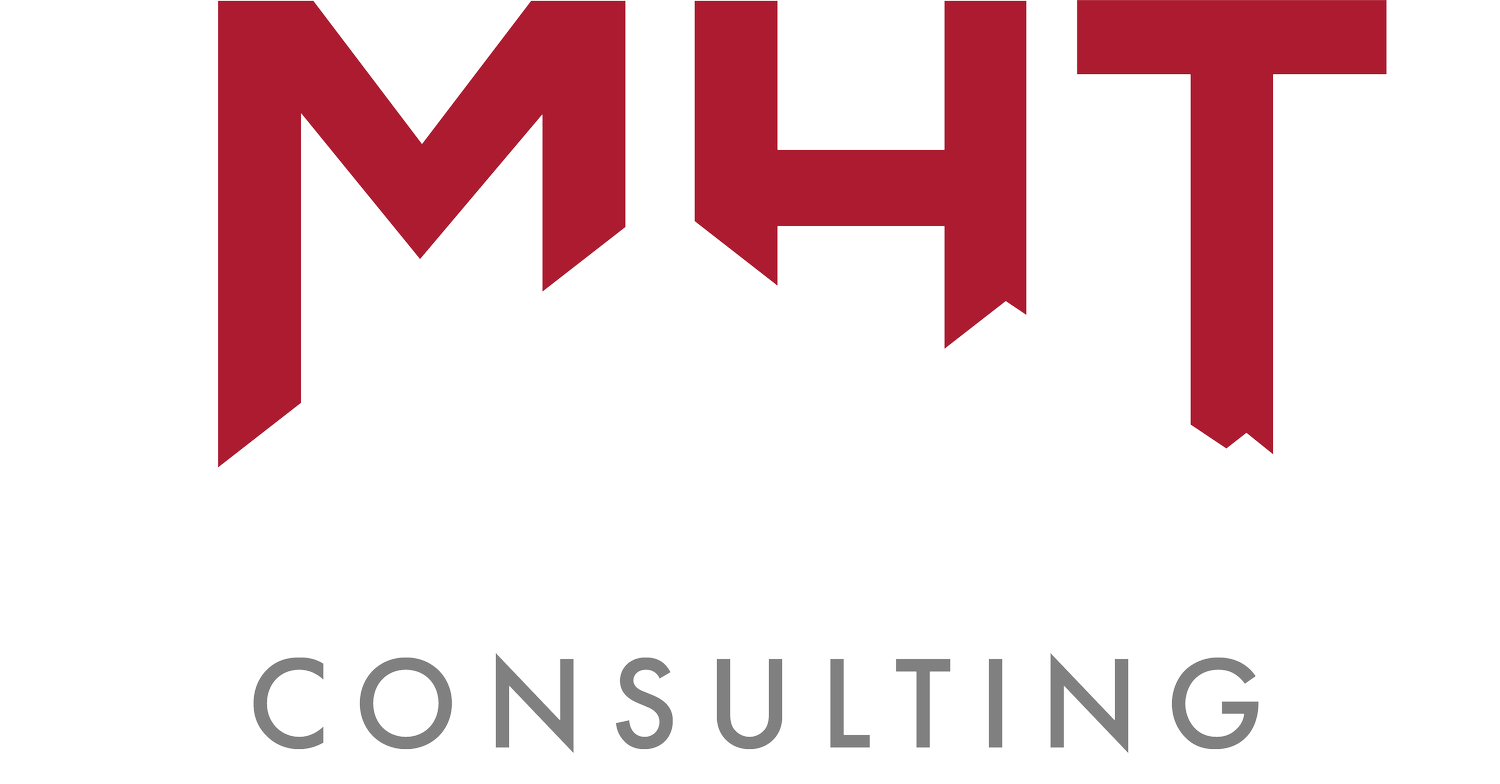Phase I Environmental Site Assessments (ESA)
A Phase I Environmental Site Assessment (ESA) is common when buying, selling or developing commercial, industrial or multifamily residential properties. It looks at how a property has been used in the past to determine whether there might be environmental concerns - like potential contamination or improper storage of hazardous materials - that could affect the land’s value or use.
Many industries rely on Phase I ESAs, and most lenders require one before approving financing.
While Phase I ESAs are most often associated with commercial and industrial real estate, environmental reviews are also a critical step in oil and gas transactions. In those cases, they’re typically part of a broader due diligence process, especially when land or facilities may carry environmental liabilities.
Many companies don’t realize they need one until:
A lender requires it before approving financing.
A regulatory agency asks for it during permitting.
They’re buying, selling or leasing land that’s been used for oil and gas operations.
A merger or acquisition includes land or facilities that could have environmental risks.
If a property has been part of oil and gas production, there’s always a chance of contamination. A Phase I ESA doesn’t test the soil or water (that’s Phase II) but it does flag potential issues so you know what you’re dealing with.
Skipping this step can be risky. Even if you didn’t cause the problem, you could still be responsible for cleaning it up.
What’s Included in a Phase I Report?
A Phase I ESA doesn’t involve drilling or testing. Instead, it helps determine if there’s a reason to suspect contamination. The assessment includes:
Historical Research - Looking at old maps, property records and regulatory databases to see how the land has been used over time.
Site Inspection - Walking the property to look for signs of potential issues, like abandoned equipment, old storage tanks, or areas of staining.
Interviews - Talking to current and past owners, operators, and local agencies to get more information on past operations.
Findings Report - A detailed document outlining any Recognized Environmental Conditions (RECs) - potential environmental risks that might require further investigation.
A Phase I ESA follows the industry standard (ASTM E1527-21 guidelines). If it finds no concerns, you’re good to go. If it does flag something, the next step is usually a Phase II ESA, which involves soil or groundwater testing.
Common Issues Found in Phase I Reports
In oil and gas, land use history matters. Here are some of the most common red flags that show up in Phase I ESAs:
Historical Well Sites - Old drilling sites that may have left behind contamination.
Underground Storage Tanks - Often found on former gas station sites or industrial properties, these tanks may have been forgotten but still pose a significant risk.
Legacy Waste Pits - Older sites often used unlined pits for drilling mud, produced water, or other waste.
Surface Staining & Spills - Oil-stained soil, residue from past spills, or signs of improper waste disposal.
Nearby Contaminated Sites - Even if your land is clean, contamination from adjacent properties (refineries, disposal sites, pipelines) could be a concern.
Not all findings require action. Some just mean you need more information. That’s why a Phase I ESA is an important first step in managing risk.
When is a Phase I ESA Required?
A Phase I ESA is almost always required when buying or selling commercial or industrial property, especially if a lender is involved. Most lenders won’t approve financing without out.
It’s commonly needed when:
Buying or selling land with an oil and gas history
Developing or repurposing a former industrial site
Merging with or acquiring a company that owns land
Needing liability protection under environmental laws
Even if it’s not required, it’s a smart move for due diligence, especially in industries like oil and gas, where past operations can leave behind environmental concerns that need to be understood before a sale or development moves forward.
What Happens if a Problem is Found?
A Phase I ESA doesn’t automatically mean contamination - it just flags potential risks. If an issue is found, the next steps might include:
Further Records Review - Digging deeper into site history to confirm whether there’s a real concern.
Phase II ESA - If necessary, testing soil or groundwater to determine if contamination is actually present.
Regulatory Review - Working with environmental agencies to understand cleanup requirements (if any).
Many companies worry that a bad Phase I ESA means the deal is off, but that’s not always the case. In some cases, issues can be managed or remediated without stopping a project.
How We Help
Here’s how we make the process easier:
We know oil and gas. We understand the risks that matter in drilling, refining and midstream operations.
Fast turnaround times. We work quickly to keep things moving for you.
Clear reports. You’ll get a straightforward report that tells you exactly what you need to know.
Phase I FAQs
How long does a Phase 1 report take?
Most reports take 1-3 weeks depending on site size, location, and record availability. Rush orders are available and can often be completed within 7 days.
What’s the difference between a Phase I and a Phase II ESA?
A Phase I ESA reviews history and site conditions. A Phase II ESA involves actual testing to confirm contamination.
What happens if I buy a property with contamination?
It depends on the type, installation date and emissions thresholds of your system. Since regulations vary and this is a complicated question, it’s best to reach out to us or another compliance expert so can review your specific setup.
Before You Invest
A Phase I Report helps you better understand what you’re getting into before making a major investment. Whether you need a report for a lender, a regulator, or your own peace of mind, we can help.
